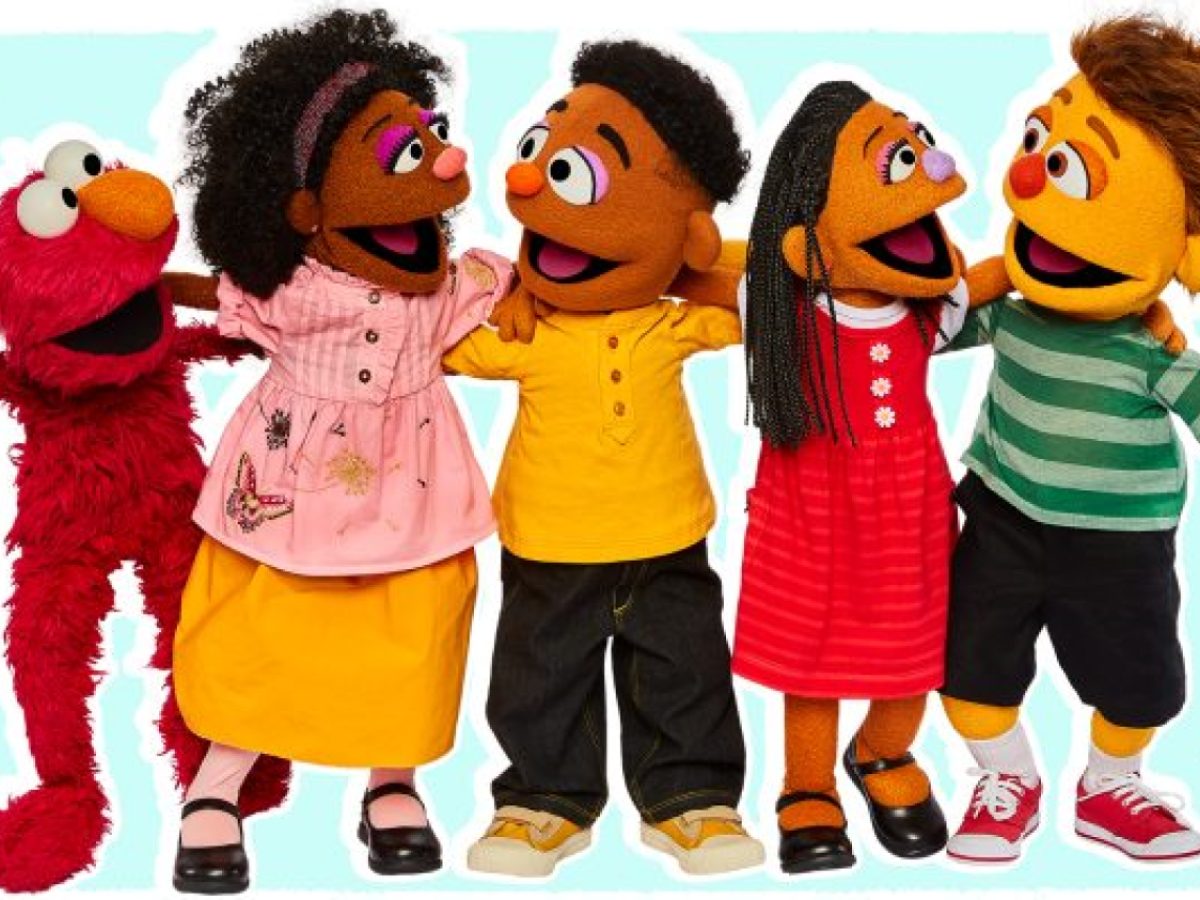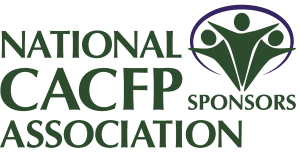Race, Ethnicity, and Culture Resources
Sesame Street in Communities
January 19, 2024

As a child care provider, you likely serve children of many different backgrounds. It’s not only important for children to learn about different races, ethnicities, and cultures, but it is also crucial for you to understand how to properly teach them about these topics. Our partners at Sesame Street in Communities have many great resources for providers, and parents, to be confident in teaching those in their care about these topics, as well as activities to do with children.
Activities for Children
Videos
No matter their age, all children collect clues from their experiences to make sense of the world, so early, honest, and age-appropriate conversations really matter. In this video, Elmo and his new friends Wes and Elijah talk about why people have different skin (and fur!) colors.
This video is about community, and that a community is made up of all the people and places in our neighborhood. A community is a place in which we all belong. Everyone is part of a community, and each one of us brings our own special strengths to our community. Schools and daycares are communities, too.
Watch this video together with children. In it, Elmo, Rosita, Wes, and Ji-Young are sharing their special instruments. They each play them on their own, then join together to make their own unique sound of togetherness and community.
The Friends in Your Neighborhood
A song celebrating the diverse people and friends in a community.
All children need to feel “strong in their skin,” which can be challenging in a racist society. Together, share this celebration of pride, self-esteem, cultural diversity, and big dreams for children’s future. The aim of this song is to promote learning about diversity and help children develop a strong sense of self so that they feel confident in who they are—just as they are—so they can “stand tall” in the world and help build a better world.
A big part of school readiness—and success within any classroom or daycare community—is having an appreciation of the similarities and differences among us all. Such appreciation can also help teachers and other providers enjoy getting to know the children in their care. And finding shared interests and understanding the ways in which we disagree can help all children build a sense of belonging to a group and respect all its members.
Game
Let’s Talk About Race: Explain, Connect, Describe, Explore! Game
An activity to engage all children in conversation, thought, and action around racial equity. Choose from the five topics in this activity to engage children in important conversations, thought, and action around race and all aspects of their identity.
Storybook
A storybook about celebrating everyone’s similarities and differences. Share this storybook with children. Wes and his dad Elijah, the new friends on Sesame Street, pop onto each screen to help adults and children engage in meaningful, playful ways around the big ideas in the book.
Printables
Print this page. Explain that Elmo and Rosita want everyone to know they are welcome on Sesame Street and that all the friends painted rocks in a special way that showed something important to them or their family.
A printable self-portrait activity. All children need to form a positive self-identity based on how they look on the outside and who they are on the inside! Print this page and sit with children as they create (provide as wide a variety of crayons or colored pencils as possible). Follow the conversation prompts and write down their ideas around their portrait (print two copies so you make one for yourself, too!).
Provider/Parent Resources
Guide
Room to Grow: Resources for Racial Justice
Your actions, big and small, are powerful in the life of EVERY child in your community. In this process, you are likely to discover that each of us is on a journey, and there is always room to grow. Think about your own levels of comfort, and where you want to go in the development and support of children and families in your care! As you navigate these lessons, you’ll discover ways to inspire little ones’ curiosity and wonder for the world around them
Articles
An article about five themes that help children learn about themselves, others, and the world. Caring adults naturally want children to be ready for—and to succeed in—school and life. As you think about children’s success in the classroom, it’s helpful to remember that being ready for school also means having good communication and interpersonal skills, being able to solve problems, and being confident and motivated. You can help children develop the skills that allow them to do so, even in the face of challenges.
Never Too Young: Ages and Stages of Racial Understanding
Research shows that children form race-related ideas long before they’re ready to talk about race and racism… awareness of race begins as early as infancy!1 No matter their age, all children collect clues from their experiences to make sense of the world, so early, honest, and age-appropriate conversations really matter. Here’s an age-by-age look at how children’s understanding develops—and why it’s never too early to address racism.
Learning About Racial Literacy
You hold great power to help children better understand this complicated, flawed, sometimes unfair world. Your words matter, and talking honestly and directly about race and diversity is the beginning of racial literacy. Even if children don’t understand the nuances of the words, being open to learning new words and understanding ideas from others’ perspectives is always helpful.
An upstander is someone who uses their voice and their actions to help others. Upstanders make their communities—and the world—better for everyone. Being an upstander means standing side by side with others to build a better world together. For children that have directly experienced racism, being an upstander also means standing tall and proud within ourselves and our own identities.
Video
A video discussion to help parents talk to children about racism. Talking about race and racism isn’t always comfortable, but it is necessary. There are ways parents can have difficult conversations, even with young children.
For more resources, visit Sesame Street in Communities’ Race, Ethnicity, and Culture webpage.
